What does it mean to stand on the crocodile? This is some research and reading on the topic I found of interest.
Hermes on Typhon
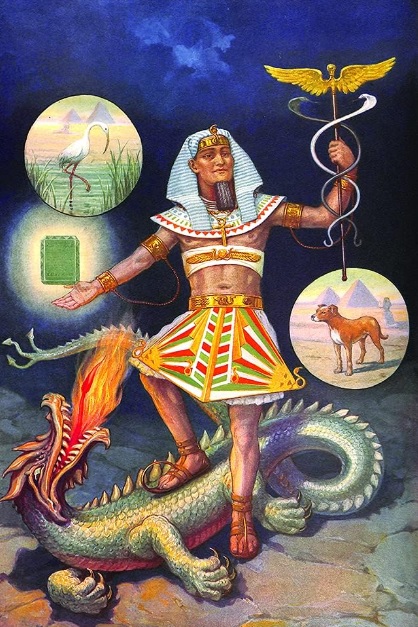
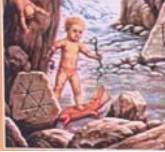
A small child standing on a crocodile in the lower left corner of Johfra Bosschart - Capricorn artwork

A screen capture of this source: The Convergence of Guardian Statues in the Ancient World - PDF
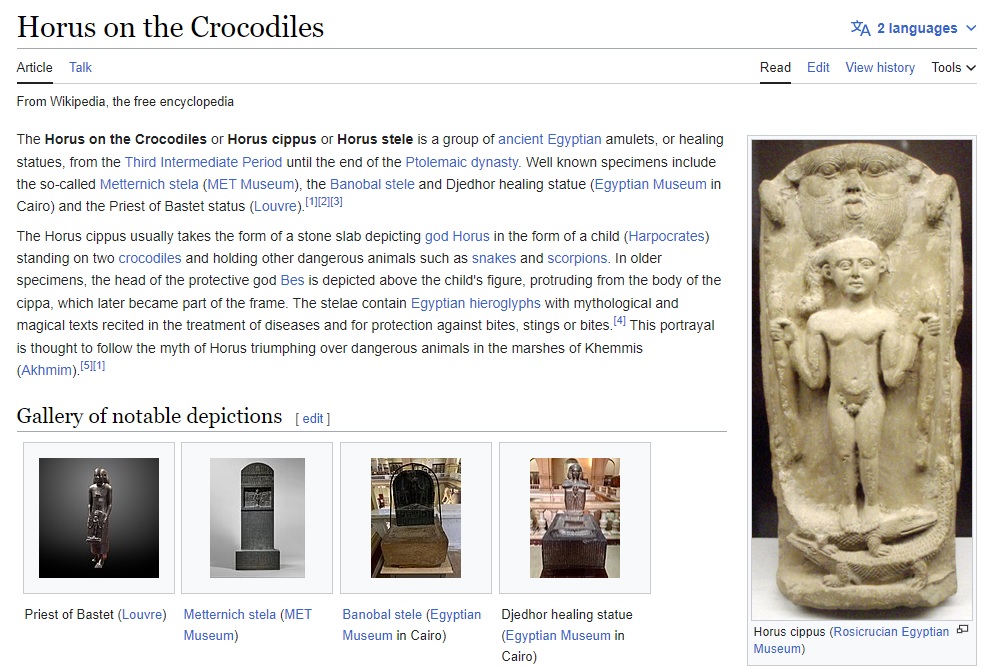
Source: Horus on the Crocodiles - Wikipedia
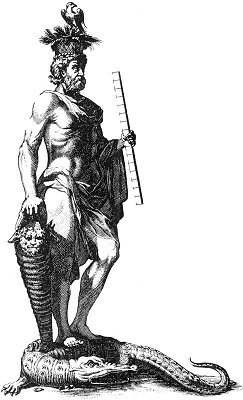
THE ALEXANDRIAN SERAPIS.
From Mosaize Historie der Hebreeuwse Kerke.
Serapis is often shown standing on the back of the sacred crocodile, carrying in his left hand a rule with which to measure the inundations of the Nile, and balancing with his right hand a curious emblem consisting of an animal with the heads. The first head--that of a lion--signified the present; the second head--that of a wolf--the past; and the third head--that of a dog--the future. The body with its three heads was enveloped by the twisted coils of a serpent. Figures of Serapis are occasionally accompanied by Cerberus, the three-headed dog of Pluto, and--like Jupiter--carry baskets of grain upon their heads.
Source: Secret Teachings of All Ages
The Horus Cippus and the Pantheos
14 The four images discussed so far were all used for healing: the three Chnoubis-snakes presumably for stomach or digestive problems and the lizard for eye disease. In two cases, we saw that the first half of the inscription encircling the image often appeared on the reverse of gems of the same type and in a third case how a text inscribed in four short lines beneath the image corresponded to the text sometimes inscribed along the edge of the obverse of the gems. But despite numerous graphic errors and some other complications, we saw that these four designs could have been used as models for producing magical gems similar to those that survive from Roman times. This is not the case, however, with the two remaining images, which are drawn directly from a much older Pharaonic tradition and are concerned mainly with protection, not healing. They also display radical changes in their design, which, in turn, do not have obvious parallels among the earlier magical gems.
15 Let us begin with the upper scene on side A, where we seem to see a human figure holding two upright poles, as if he were cross-country skiing and skipping at the same time (Fig. 6a). In the exhibition catalogue Marc Étienne aptly suggested that this was a stripped-down version of the so-called “Pantheos” or polytheistic deity that appears on many protective amulets,24 as, for example, on a gem in the British Museum inscribed with a prayer for protection (Fig. 6b) or a thunderstone-amulet in Toronto that protected a house from lightning (Fig. 6c).
25 The figure on the copper plaque is, of course, a pale imitation, as it only replicates the two upright staffs held in the hands of the god, while ignoring the wings and the various animal heads and vegetation that usually protrude from the top of Pantheos’ head or from the sides of his neck. Like the suppression of the lion’s head on the figure holding the Chnoubis-staff discussed earlier, this may have been another effort to “clean up” the image and make it more acceptable to late antique and perhaps Christian clients. No Greek text, circular or otherwise, is associated with this image, although the as-yet-undeciphered Arabic text may be connected with this image by its proximity.26 There is, however, a puzzling object beneath the left foot of this figure, which is, I suggest, a truncated version of the rectangular shape created by the ouroboros serpent that one sometimes finds below the feet of the Pantheos, as you can see on the gem in Fig. 6d. 16 Étienne also pointed out that the final image on the copper plaque (Fig. 7a), that of a person standing on top of a snake and feline, was originally inspired by another popular late-Pharaonic image, the child Horus as he appears on hundreds of statuettes or cippi that were used in Egypt to protect people or their homes from scorpions, snakes and other dangerous animals. We see the standard scene in Fig. 7b: the child Horus stands on a pair of crocodiles and grips in each hand two snakes and a scorpion, as well as the tail of a tiny lion in his left hand and the horn of a tiny ibex in his right. The god himself is naked, and his head is shaved, except for the so-called Horus lock that hangs down behind his right ear. The mask of the god Bes, yet another apotropaic device, sits on top of his head.
17 The figure on the copper plaque in Paris does indeed recall some of these details: he is bald, and near to his left ear there appears to be a poorly drawn lock of hair, but on the wrong side of his head. There is, however, no clear indication that this person is a child, and, in fact, in size and shape he differs little from the two other humanoid figures on the plaque, although the artisan did add nipples to the Horus figure, an attempt, perhaps, to stress that he alone is naked. This figure does not, however, grasp any animals in his hands, as Horus does in the standard scene, but rather, he holds a downward-pointing branch, much like the object held by the Heliorus figure discussed above. I suggest that this “branch” may, in fact, be a poorly drawn scorpion grasped by its tail, as we can see in an equally poor image carved on a gem of Roman date (Fig. 7c) that is also said to come from Egypt:27 a naked Horus standing on two small and facing crocodiles and holding a scorpion by the tail in his right hand and an ibex in his left. This gem image has also been “cleaned up” a bit: the lock of hair is gone and the palmette on top of his head replaces the usual Bes-mask. The Greek prayer on the reverse reveals the protective force of the image: “Lord Akrimakrageta help and protect the wearer from every creeping thing!” This image suggests, then, that the branch held by “Horus” on the copper plaque was originally meant to be a scorpion.
18 But what are we to make of the snake and lion beneath the feet of Horus, precisely where we expect to find the crocodiles? Both make good sense as replacements, of course, because on the traditional cippi they are also suppressed, albeit in a different manner: grasped firmly in the hands of the child-god. That these animals have simply been moved about within the original design is suggested by the fact that the lion who dangles from Horus’ hand on the traditional cippus (Fig. 7b) often looks back over its shoulder, just like the lion on the copper plaque. I suggest, moreover, that the person who replaced the crocodiles with the lion and the snake had in mind the words of Psalm 90.14: καταπατήσεις λέοντα καὶ δράκοντα (“you will trample on the lion and the snake”) or the images of Jesus that these words inspired, for example, in the famous sixth-century mosaic in the Archbishop’s Chapel in Ravenna (Fig. 8a). Verses from Psalm 90, of course, were extremely popular on Christian amulets and an unpublished Byzantine amulet that quotes the verse 9–11 of the Psalm on the reverse, shows Jesus on the obverse (Fig. 8b) hovering, like the Horus-figure on the Louvre plaque, over a lion and a snake, although in this case the lion appears above the snake and thus correctly follows the word-order of the Psalm.28 In these images Jesus sometimes holds in his right hand a spear or a cross, so perhaps the object in the right hand of the Horus figure on the plaque was meant to be a palm branch, another important symbol of victory.29 Found via Researchgate Source PDF
Some photos with Bes.
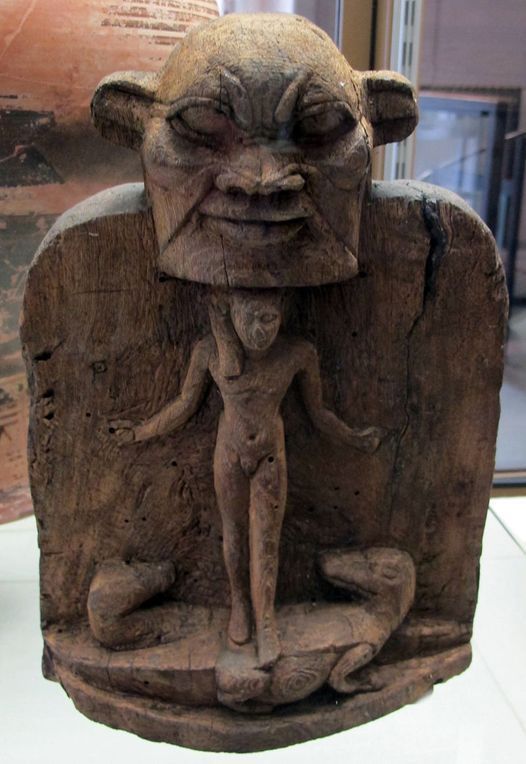

I am a crocodile immersed in dread,1 I am a crocodile who takes by robbery, I am the great and mighty fish-like being who is in the Bitter Lakes, I am the Lord of those who bow down in Letopolis.
— Book of Going Forth by Day, Chapter 88
crocodiles (from kroke meaning pebble and drilos meaning worm, describing the animal’s skin)
Crocodiles: Guardians of the Gateways in Thebes and Beyond
I managed to find some translations of the Cippus here:
Translations of the Cippus - PDF
Translation
(1) [ Hail to you God, son of God! Hail to you] Heir, son of heir! [Hail to you Bull, son of Bull,] y (2) born to the divine one. Hail to you Horus who came forth from Osiris, born to Isis, [the goddess! I have recited] z (3) from your magical spells, I have spoken out your incantations aa, I have said your spells which [your heart] created. [These are your magical spells which came forth from] (4) my mouth, which your father Geb ordained for you, which your mother Isis gave] (5) to you, which your brother bb who is in front of Letopolis (Horus) taught to you in order to provide your safeguard, renew your protection, in order to seal the mouths (6) of cc all the lions in the desert, all the crocodiles in the river, all the snakes who are in the heaven, in the earth and in (7) the water, in order to give life to people, to satisfy the gods, to glorify Re with the hymns dd repeated with joy. (8) Come to me quickly, quickly on this day, like the one who steers the boat of God did for you. May you drive away (9) for me every lion upon the desert, every crocodile in the river, all biting reptiles in their holes! ee May you make (10) them ff for me as the pebbles on the desert, gg and crocks of earthenware along the street! May [you] extract for hh (11) me this coursing venom which is in the limbs [of the man who is suffering] ii. Beware lest your words concerning it go unheeded jj. [Behold! You shall come against it.] (12) See! [I have invoked] this which belongs to you (your name) on this day kk. May [you] create [respect for yourself, make high yourself by means of (13) [magical power]ll to keep alive for me those who are [suffocating], praise[is given to you by (14) mankind, may Maat be adored in your forms] mm, and may all the gods be called upon in [your] likeness. (15) [Behold, One calls upon you] on this day. I am Horus the savior, the great nn Heir. (16) /////////// /////////// in the presence of Nephthys oo, your flames drive them away(and) your courage (makes them) enter their land, acclamation for you, [you]create (17) celery pp which is for you twice, stick is for you twice, enemy there, (18) male dead, female dead, enmity is removed from you qq, Oh lord of brightness, destroy heads, keep(yourself) far from me. (19) I am the Lion who seals the mouth of any reptile, any male and female snakes and any scorpion, there is no bite of them rr. I am (20) Ptah, they do not appear against me. I am Horus, they do not attack me. I am Khnum, they do not come to me. (21) I am Amun, they do not see me. I am Thoth, they do not look at me. It is made for the king's son Ramses, (22) the chief priest of Hathor, lady of Atfih ss , Aantohar-nahkt pashed-Bastet tt, the justified, born to the house servant Meket-Emneout uu his mother, I invoke Mout forever vv?.
Another image I found in research that I found interesting how it resembled the pose found in the Horus Cippus and had the same style of hair.
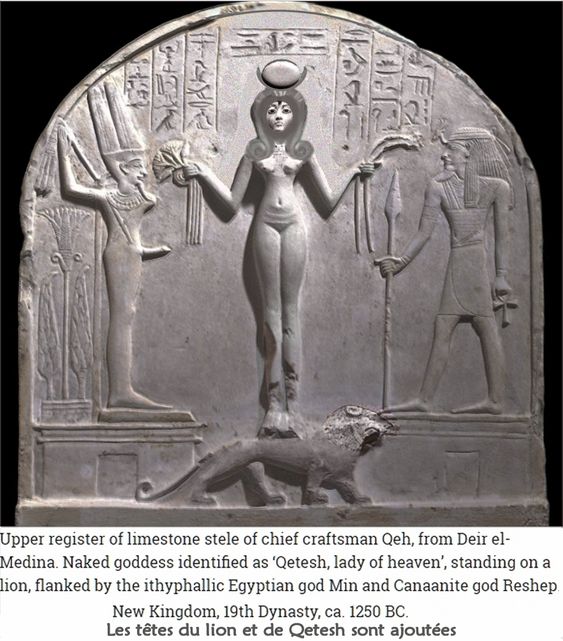

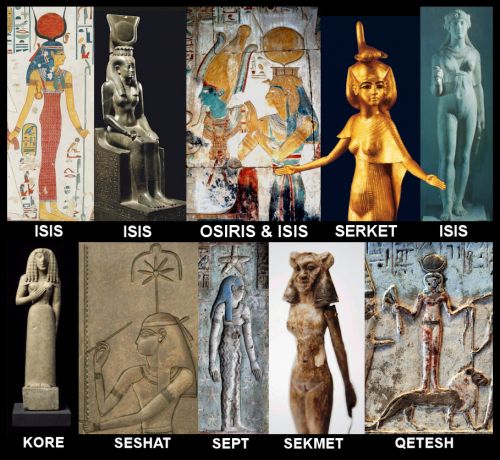

Image above from Asherah wikipedia

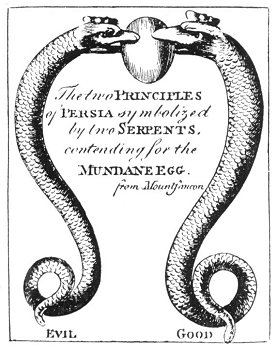
The Worship of the Serpent by John Bathurst Deane [1833]
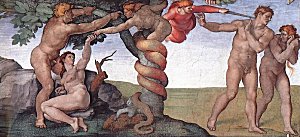
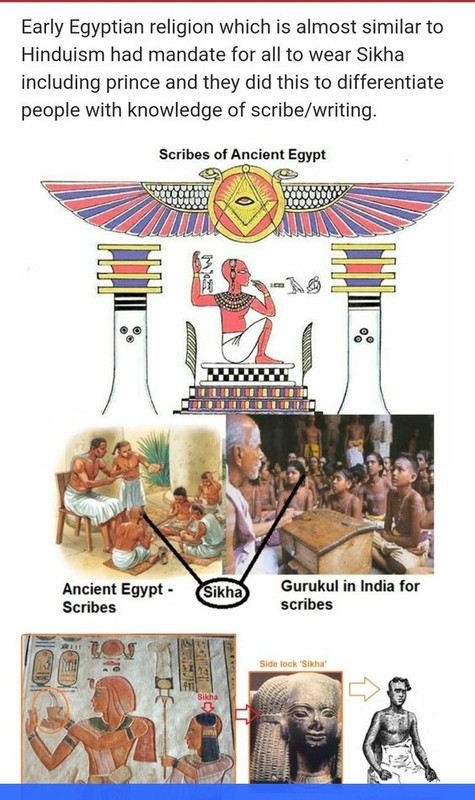
Curses and Cures: Magic and Medicine Found Spectacular Metternich Stela
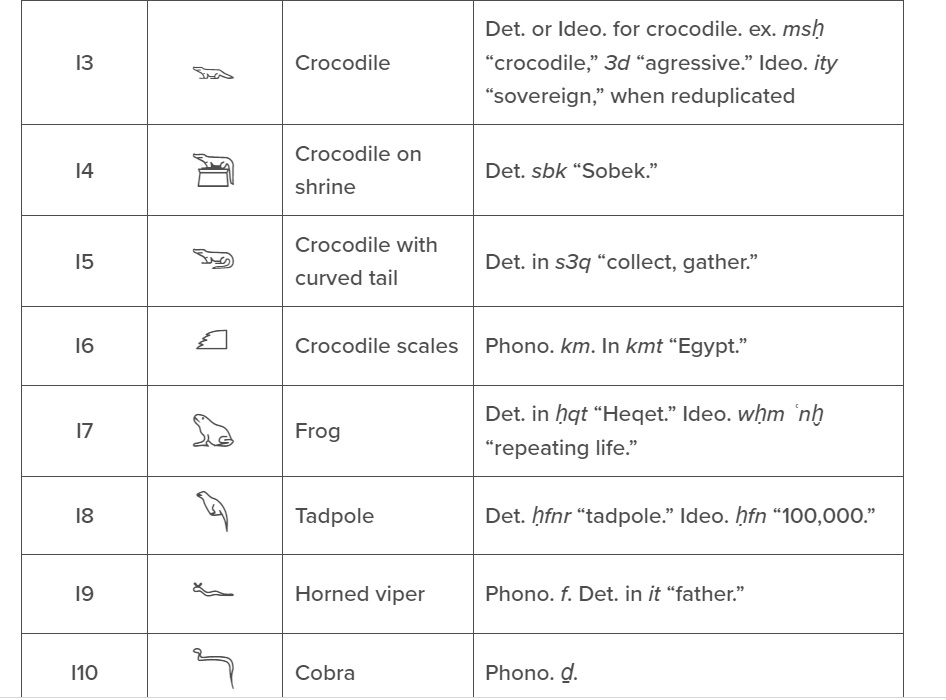
The Serpent Myths of Ancient Egypt
The Winged Snakes of Arabia and the Fossil Site of Makhtesh Ramon
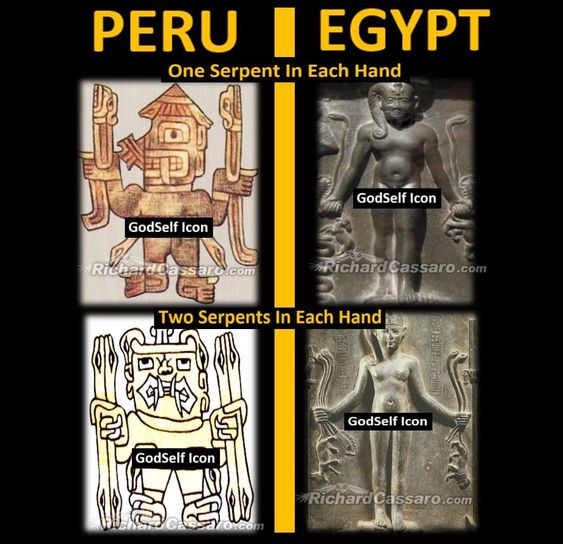

No comments:
Post a Comment
Note: Only a member of this blog may post a comment.